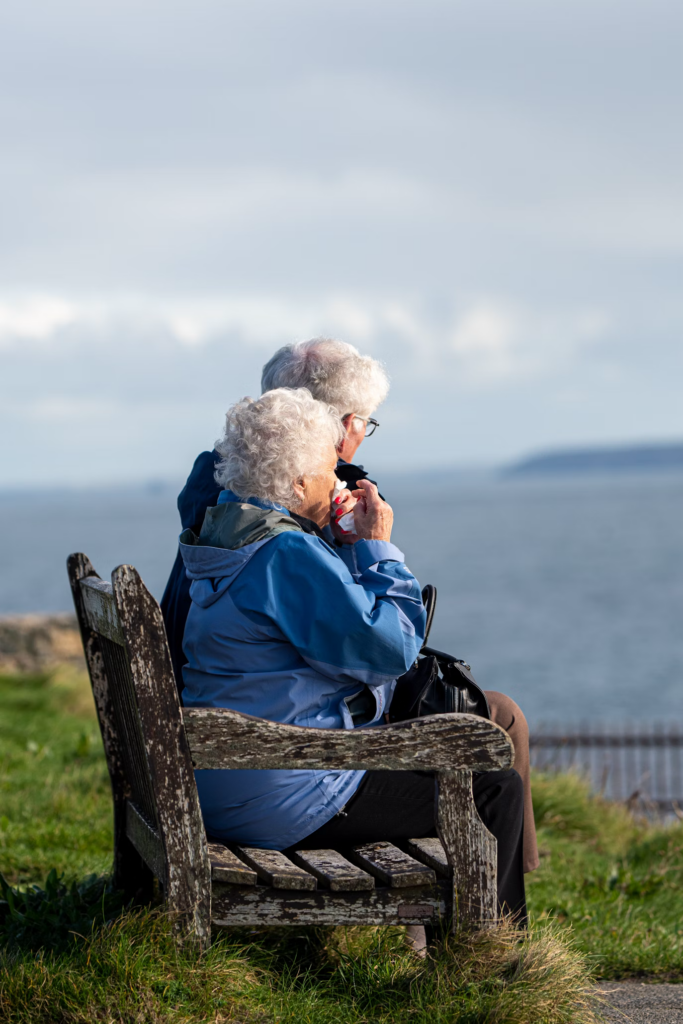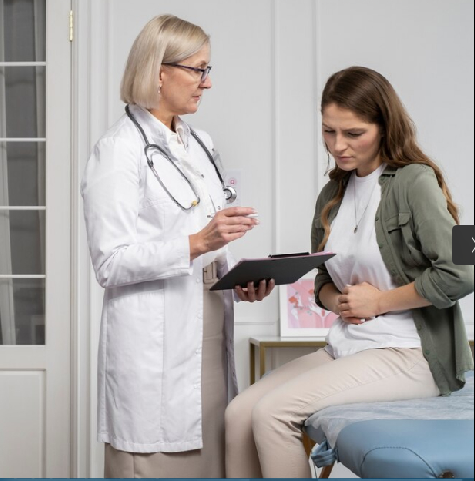The notion that heart disease is an ailment exclusive to the elderly is a misconception that’s changing every day.
While it’s true that the risk of heart disease increases with age, a disturbing trend is emerging: heart disease in young adults.
This alarming reality underscores the importance of understanding the risk factors, recognizing early signs, and taking proactive steps to protect your heart health, regardless of your age.
The Changing Landscape of Heart Disease
Traditionally, heart disease was considered a concern primarily for older individuals. However, recent studies have revealed a troubling increase in heart disease among young adults, particularly those in their 20s and 30s.
This shift is attributed to a combination of factors, including:
- Unhealthy Lifestyle Choices:The prevalence of sedentary lifestyles, poor dietary habits, and smoking among young adults contributes significantly to the increased risk of heart disease.
- Rising Obesity Rates:Obesity, a major risk factor for heart disease, is becoming increasingly common in younger populations, further fueling the trend.
- Undiagnosed Conditions:Many young adults may have underlying health conditions like high blood pressure or diabetes that go undiagnosed and untreated, increasing their risk of heart problems.
- Family History and Genetics:A family history of heart disease can also predispose young adults to developing the condition.
Recognizing the Early Signs
Heart disease in young adults may not always present with the classic symptoms we associate with older individuals.
It’s important to be aware of subtle signs that may indicate an underlying problem:
- Chest Pain or Discomfort:While not always present, chest pain or discomfort, especially during physical activity, can be a warning sign.
- Shortness of Breath:Unexplained shortness of breath, even with minimal exertion, can indicate heart problems.
- Fatigue:Feeling unusually tired or weak, even after adequate rest, can be a sign of heart disease.
- Dizziness or Lightheadedness:These symptoms can occur due to decreased blood flow to the brain, potentially caused by heart problems.
- Swelling in the Ankles or Feet:This can be a sign of heart failure, a potential complication of untreated heart disease.
Prevention Is Key

The good news is that heart disease in young adults is largely preventable through lifestyle modifications and proactive health management, such as:
- Healthy Diet:Focus on a diet rich in fruits, vegetables, whole grains, and lean proteins. Limit processed foods, sugary drinks, and unhealthy fats. Follow these simple tips.
- Regular Exercise:Aim for at least 150 minutes of moderate-intensity or 75 minutes of vigorous-intensity aerobic exercise per week.
- Maintain a Healthy Weight:Achieve and maintain a healthy weight through a combination of diet and exercise.
- Avoid Smoking and Limit Alcohol:Smoking and excessive alcohol consumption are major risk factors for heart disease.
- Manage Stress:Chronic stress can negatively impact heart health. Find healthy ways to manage stress, such as exercise, meditation, or spending time in nature.
- Regular Checkups:Schedule regular checkups with your doctor to monitor your blood pressure, cholesterol levels, and overall heart health.
Houston Physicians’ Hospital: Your Partner in Heart Health
The physicians at the Heart and Vascular Center of Excellence at Houston Physicians’ Hospital are committed to promoting heart health at every age. They offer comprehensive care, from preventive screenings to advanced diagnostic tests and treatment options.
Visit their webpage to learn more and find a cardiologist who’s right for you.
The physicians at Houston Physicians’ Hospital also specialize in hip surgery, back pain treatment, neck pain treatment, Knee Surgery in Webster, TX and more.











